It’s the biggest event ritualistically marked on the calendar of every Mongolian family, the annually celebrated and greatly anticipated Naadam festival. With origins pre-Genghis, it’s a deep-seated tradition, a powerful expression of a largely itinerant lifestyle, and a celebration of independence and culture.

Although I didn’t specifically plan my journey to Mongolia around the festival, I was fortunate to be there at the right time. Despite celebrations taking place country-wide in each soum (regional capital), the biggest and most impressive observance occurs in the capital, Ulaanbaatar. I was part-way through a Gobi Desert tour and was thus able to catch a glimpse of the historic games in Karakorum.
Here’s what I learned and experienced.
Naadam History
The three-day event is the epitome of masculinity, a founding stone of Mongolia’s modern-day man and all he does, is and represents. The name Naadadm – eriin gurvan naadam (эрийн гурван наадам) – when translated, means “the three games of men,” a nod to the wrestling, horse racing and archery that have traditionally comprised the festival.
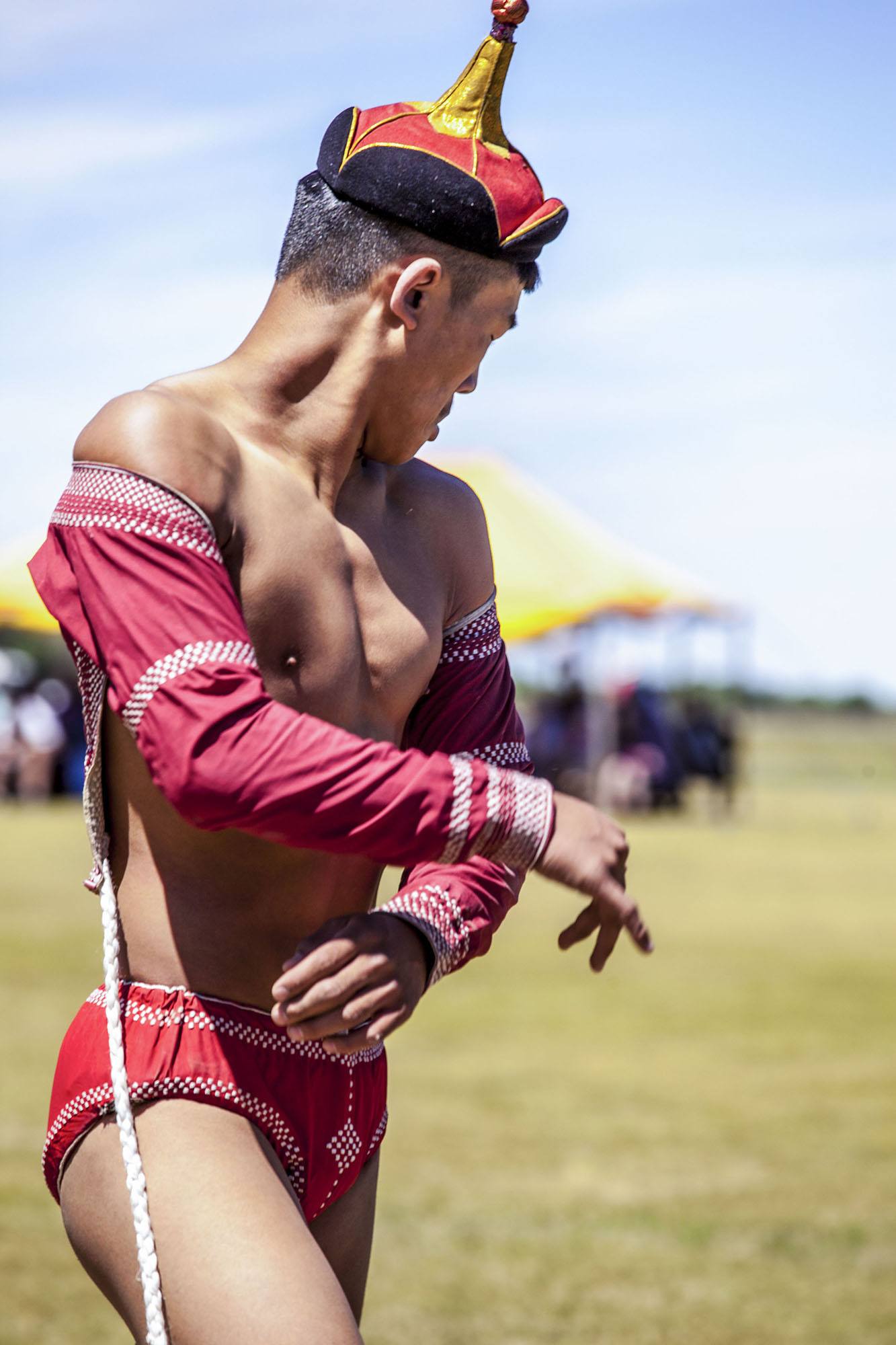

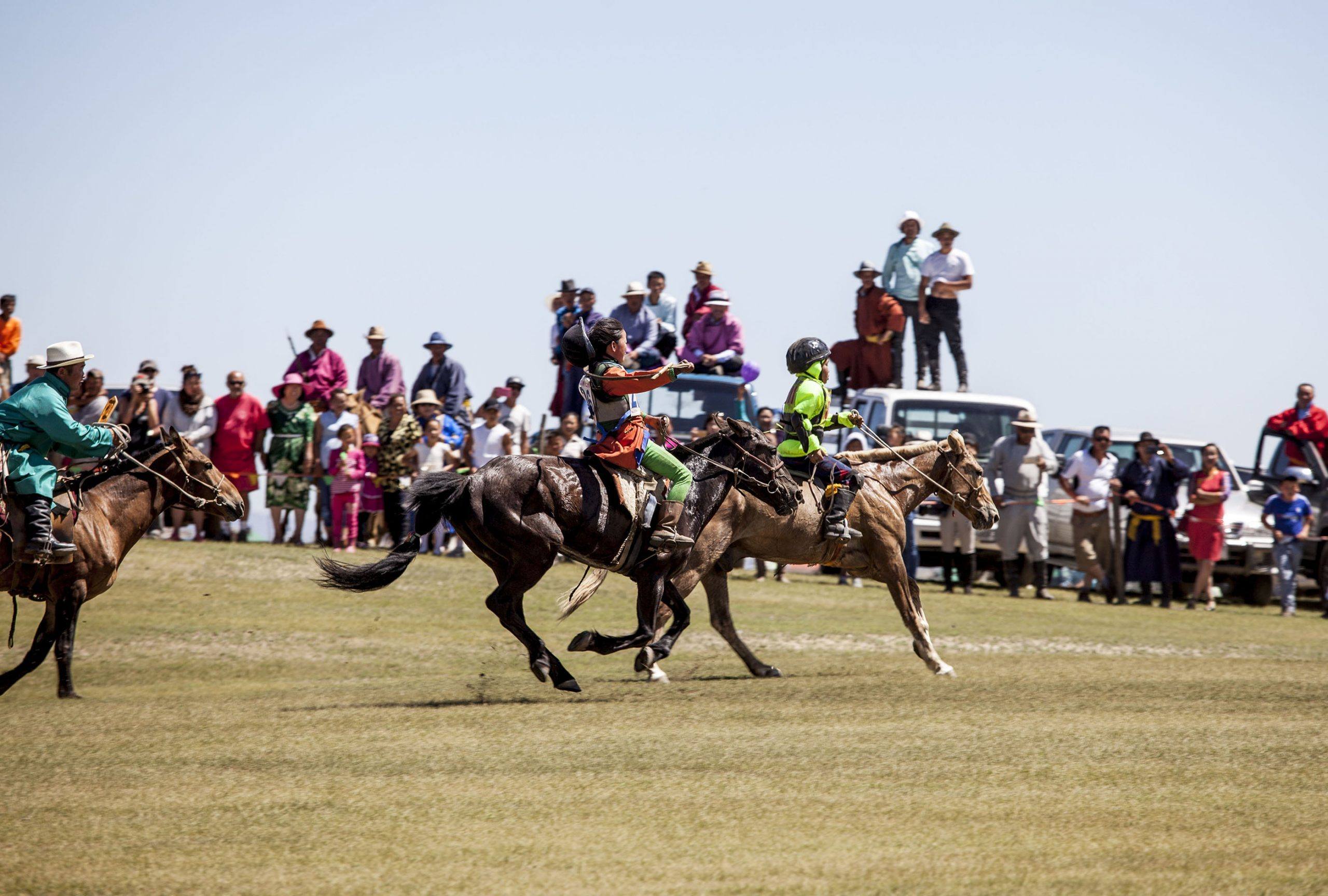
Historically, it was done as a showcase of each clan’s talent, celebrating communities. Under controversial leader Genghis Khan, it became a way of training soldiers, ensuring they were well prepared for battle. Throughout history, it’s been used to inaugurate sporting events, spiritual gatherings and even weddings. Now, it’s an official celebration of the Mongolian Revolution and the independence in which the nation revels.
Save this article for future reference!
Naadam Costumes
Unlike other ancient cultures, colourful traditional attire is donned during periods of celebration. Wrestling sees participants use specific apparel, each piece an incarnation of an underlying philosophy. The other sports aren’t quite as fanciful.
The oft colourful deel drapes elegantly around men and women, locking to the sides by means of clasps on the right. Worn for centuries by Mongols, the tunic-like covering made of cotton, wool or silk fans out at the base, capturing the eye as they sashay over the ground. The boys about to participate in a horse race were particularly captivating, deel colours scintillating spectacularly in the midday sun. The deel is also worn by archers.

Mongolian wrestling costumes associated with Naadam traditionally covered chests. One year, folklore asserts that an Amazonian woman entered the competition, able to do so thanks to flat packing and the generous chest covering sans exhibition of breasts. She – disguised as he – won the competition. Causing quite the stir, the zodog (shoulder vest) rapidly evolved into an open cut with nipples and chests on display for all to see. It is further testimony to wrestling being business for ‘men only’ in Mongolia.
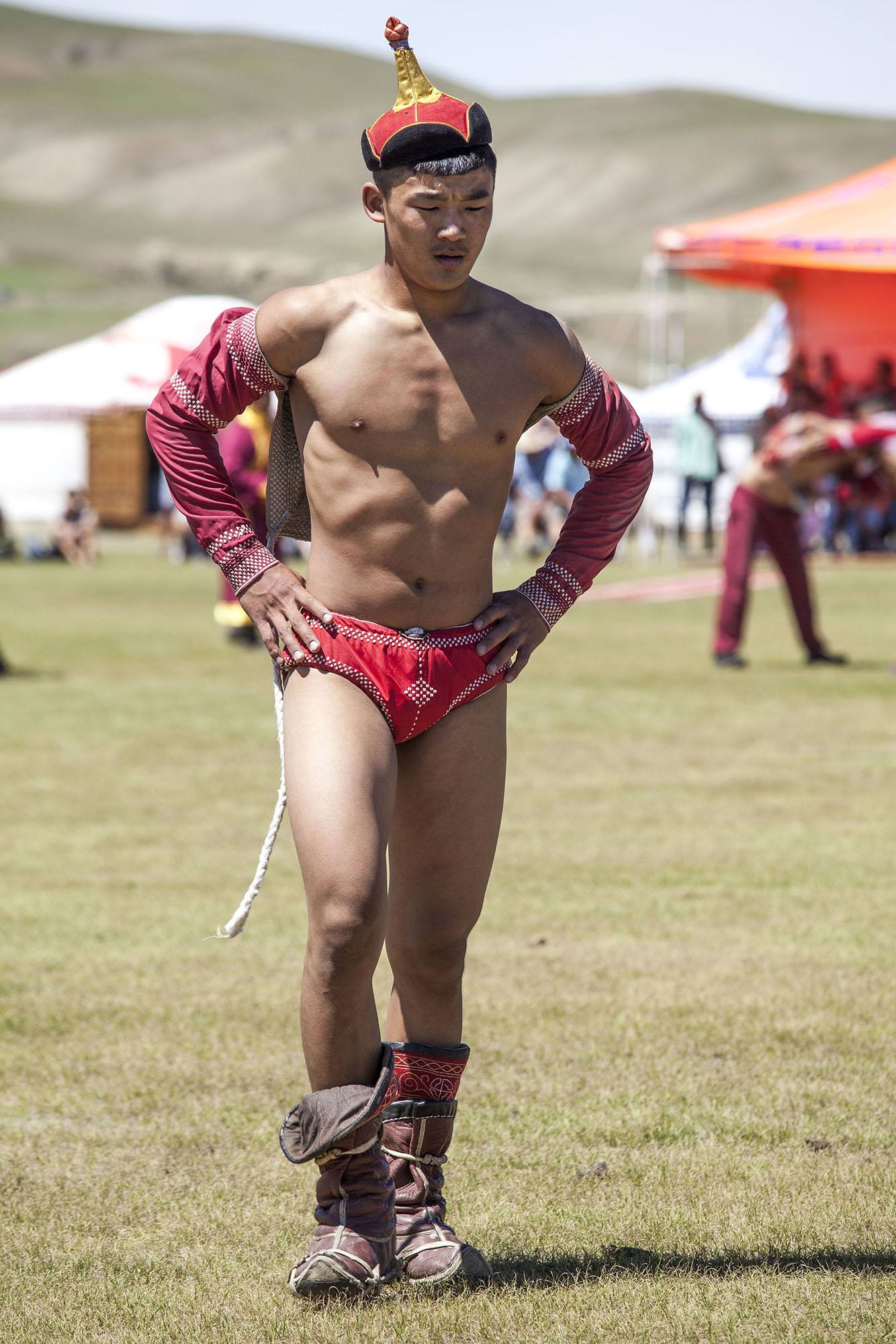
The wrestling uniform, in addition to the zodog, includes a four-sided hat, snug shuudag (shorts), a cloak and traditional boots. Of most significance is the hat. The four sides connote the provinces into which Mongolia was once divided.
Opening Ceremony
Held in Ulaanbaatar, the colourful opening ceremony lasts three hours and is hosted by the country’s President. There are horse-riding demonstrations, athletic performances and historical re-enactments. There is a procession of speeches, khoomei (throat singing) and flag waving, all before the three games of manliness begin.
I wasn’t in Ulaanbaatar to witness the spectacular but I daresay it’s riotous.
Naadam Wrestling
Bökh is the purported epitome of masculinity. ‘Durable’ in denotation, wrestling is the most important of the three sports considered integral to the ‘manliness’ notion. Linked to pre-Genghis times, it’s become an integral component of the social construct upon which Mongolians base their assertions regarding men and all they should be. It’s so prominent that when a family births a male child, they wish him to become a wrestler.
The hype surrounding Khalkha bökh of Naadam swept me up like a tidal wave, tumbling me through the crowds at Karakorum to a seat at the front of the crowd. It dumped me between two vivacious older Mongolian men, companions with whom I’d celebrate the greatly anticipated annual event.


Without weight categories, Naadam wrestling can be intimidating, particularly when one wrestler is fine-framed and sees his larger than life opponent for the first time. However, it’s a game of tactic and geometrics, not just pure physicality.
The men who’d been waiting in the protective embrace of sideline tents, began removing gowns. Partially naked flesh glistened in the midday sun, modesty preserved by the adornment of red and blue shuudag with zodog and hats to boot. Arms rotated, legs bent at the knee and backs twisted to and fro, muscular preparation for the physical onslaught only minutes away.

Pairs of players, once muscularly prepared for the wrestle to come, moved on to the field. Waves of excitement washed over the crowd, children cheering while sitting on parents’ laps, old men talking animatedly with one another and foreigners snapping rapidly on a diverse array of camera bodies.
Arms spread like eagles soaring through the heavens. Known as ‘buh tavih’, it’s ceremonious, with symbolism linked to the country’s heritage and it occurs at the start of each match. The player, just like an eagle after prey, accelerates into ‘the hunt’ for victory.
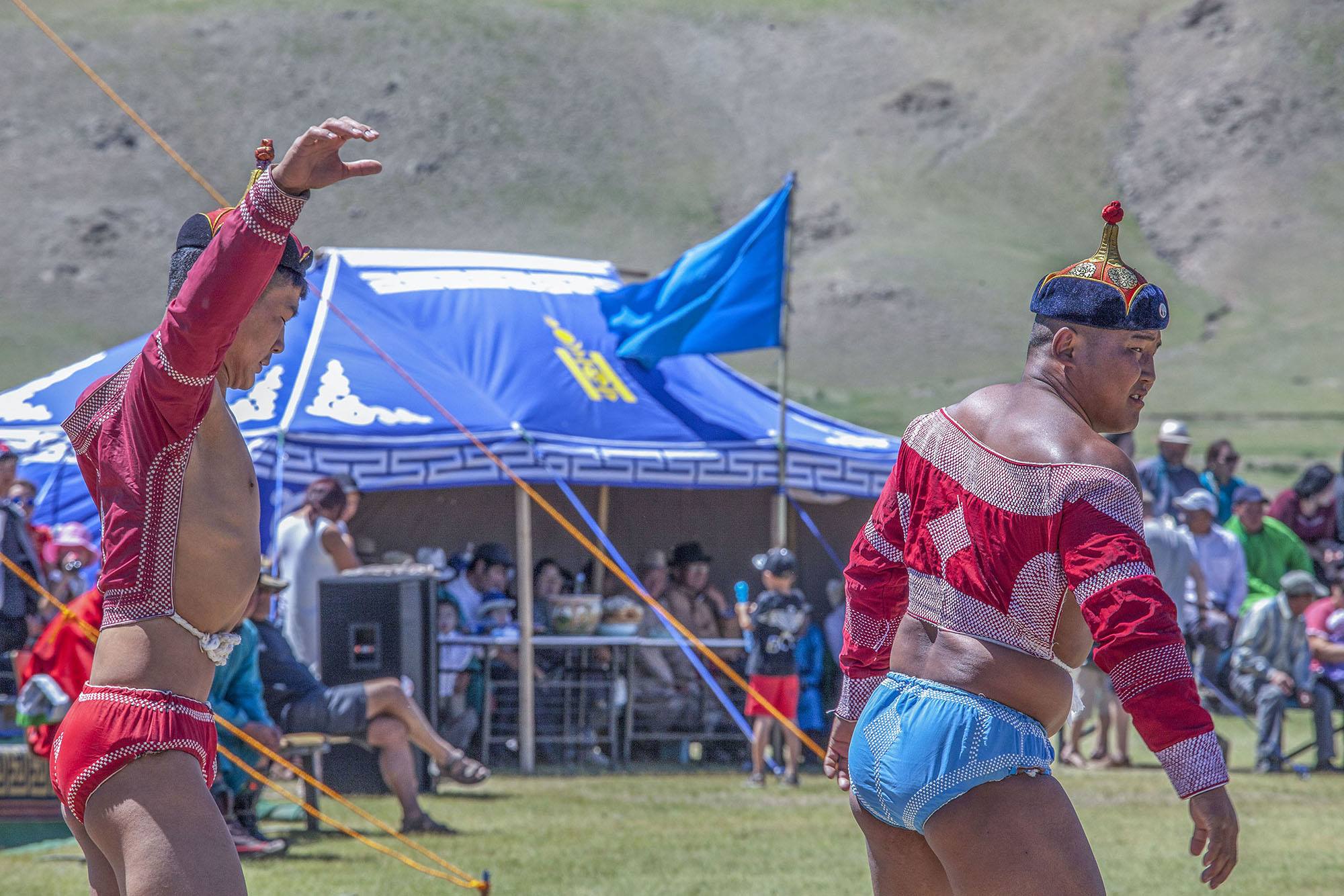
I was naïve to assume the biggest and most muscular wrestlers would be victorious in the acclaimed Naadam event. It’s a game of tactic, not solely endurance. The fine-framed, thin wrestlers are sharp, agile and fast, employing tricks to capture their opponent. The bulkier builds with excess body weight are slower and less agile, with a greater capacity to endure the test of time.
Picking a winner ergo, for me, was the second greatest challenge. The greatest was trying to comprehend the rules without understanding the language. I noted two things: hands touched every part of opponents’ bodies, except their heads (which I later learned is sacred to Mongolians) and a winner was announced every time a knee or elbow touched the ground.
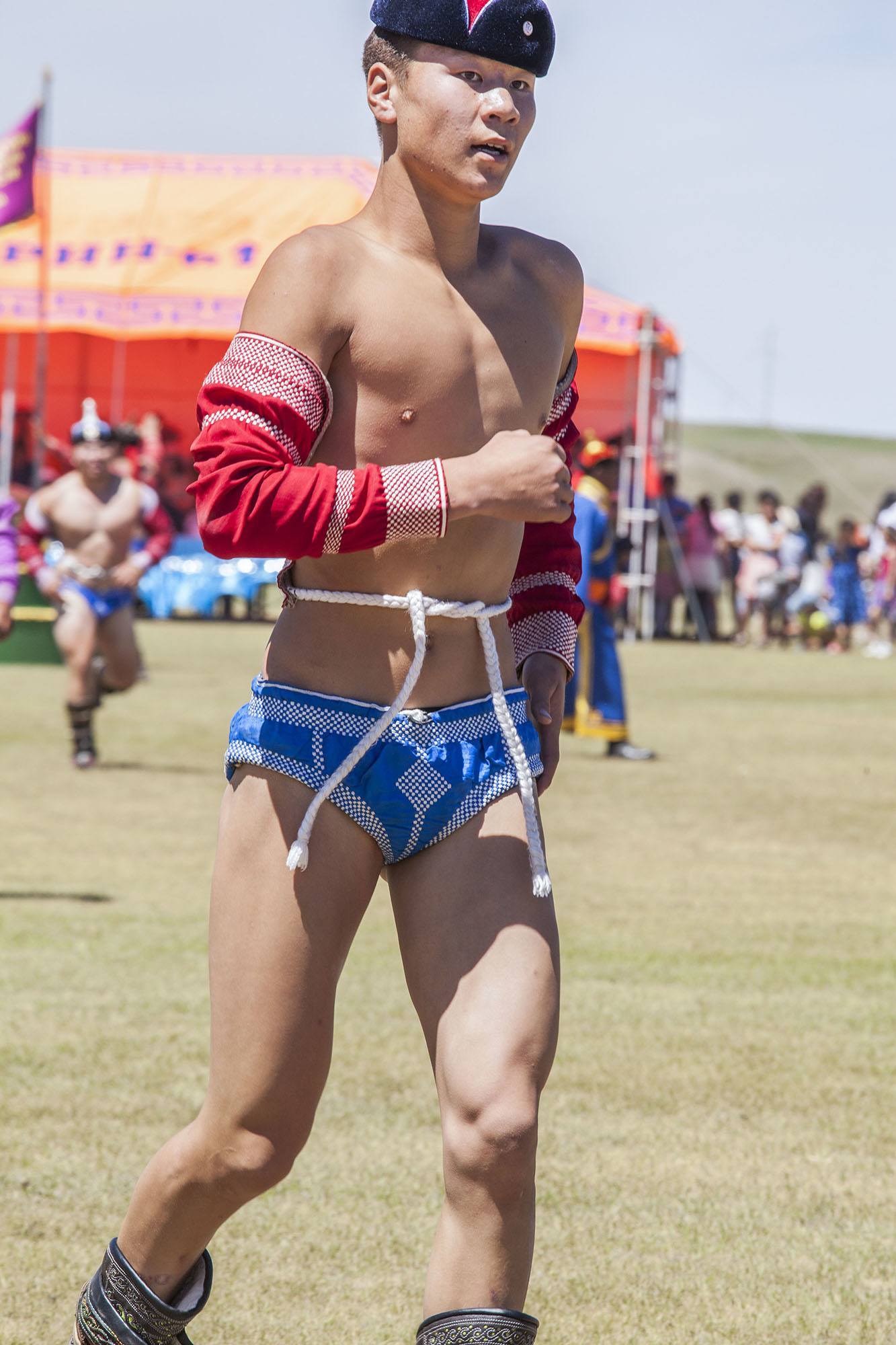
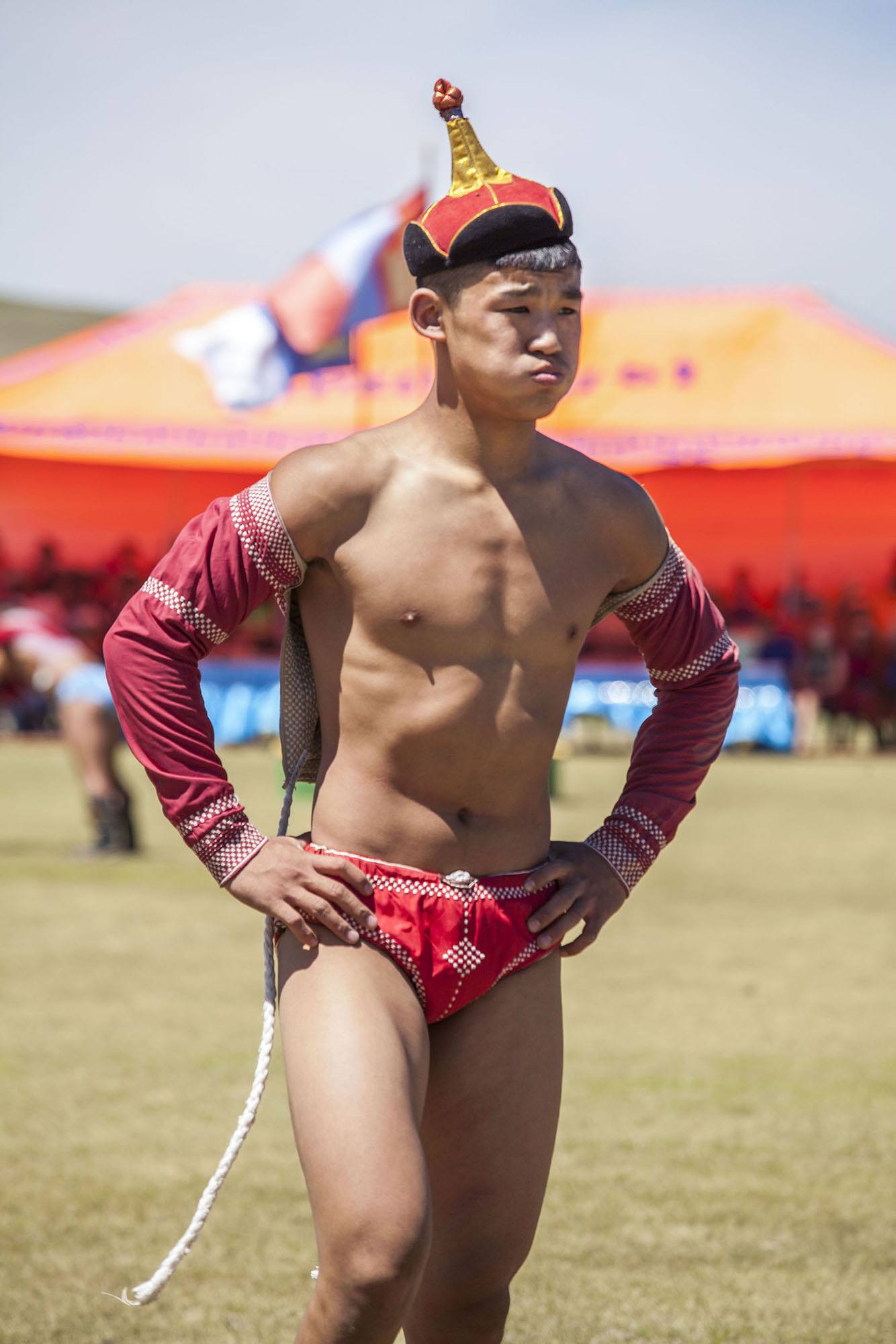
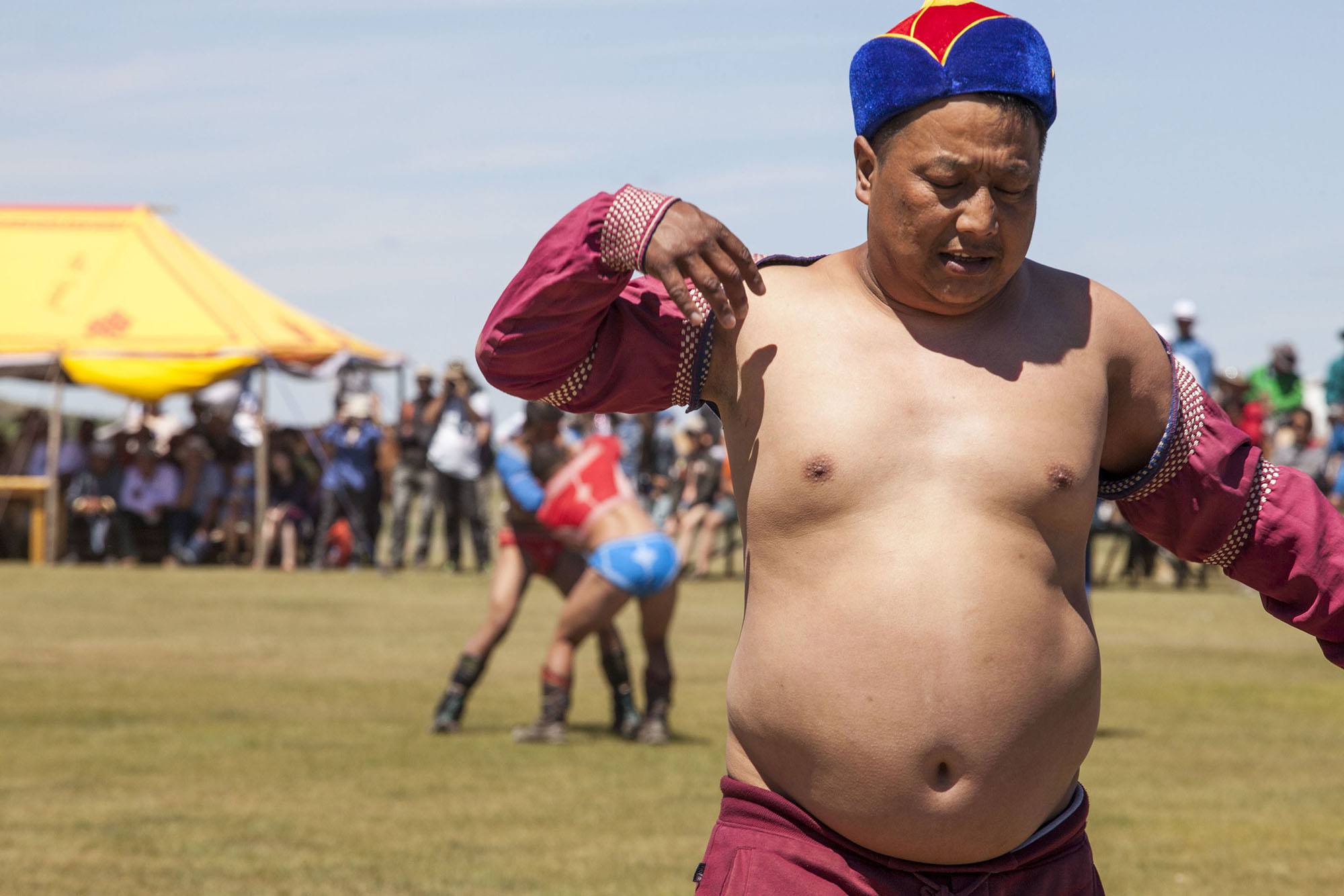
At times, it resembled a beautifully orchestrated dance routine, a ballet, of sorts, performed to a background of “long songs”. It moved away from Bolshoi finesse, though, when one wrestler was lifted by the other and dropped, shoulders to feet, to the ground.
Naadam Horse Racing
It’s a game of strength, endurance and agility, a Naadam legacy and a spectator favourite. It’s about the horse, not the jockey, although both are integral ingredients in the 15 to 30-kilometre cross country event, equine and human equal in age. It’s divided across six categories, each determined by the age of the horses. These days, girls are allowed to participate, although I didn’t see any ride at Karakorum. It’s a child’s game, riders aged between five and 13.
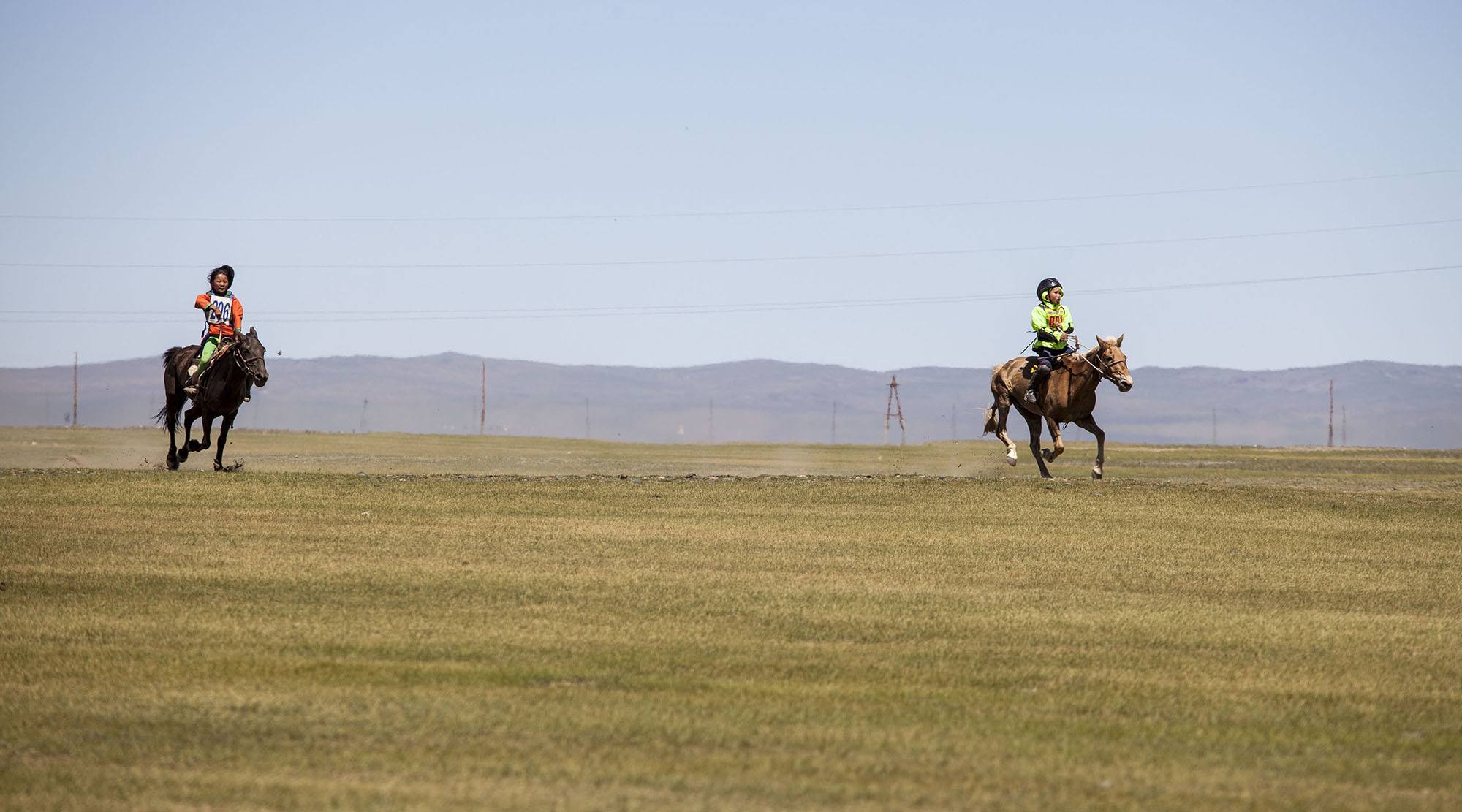

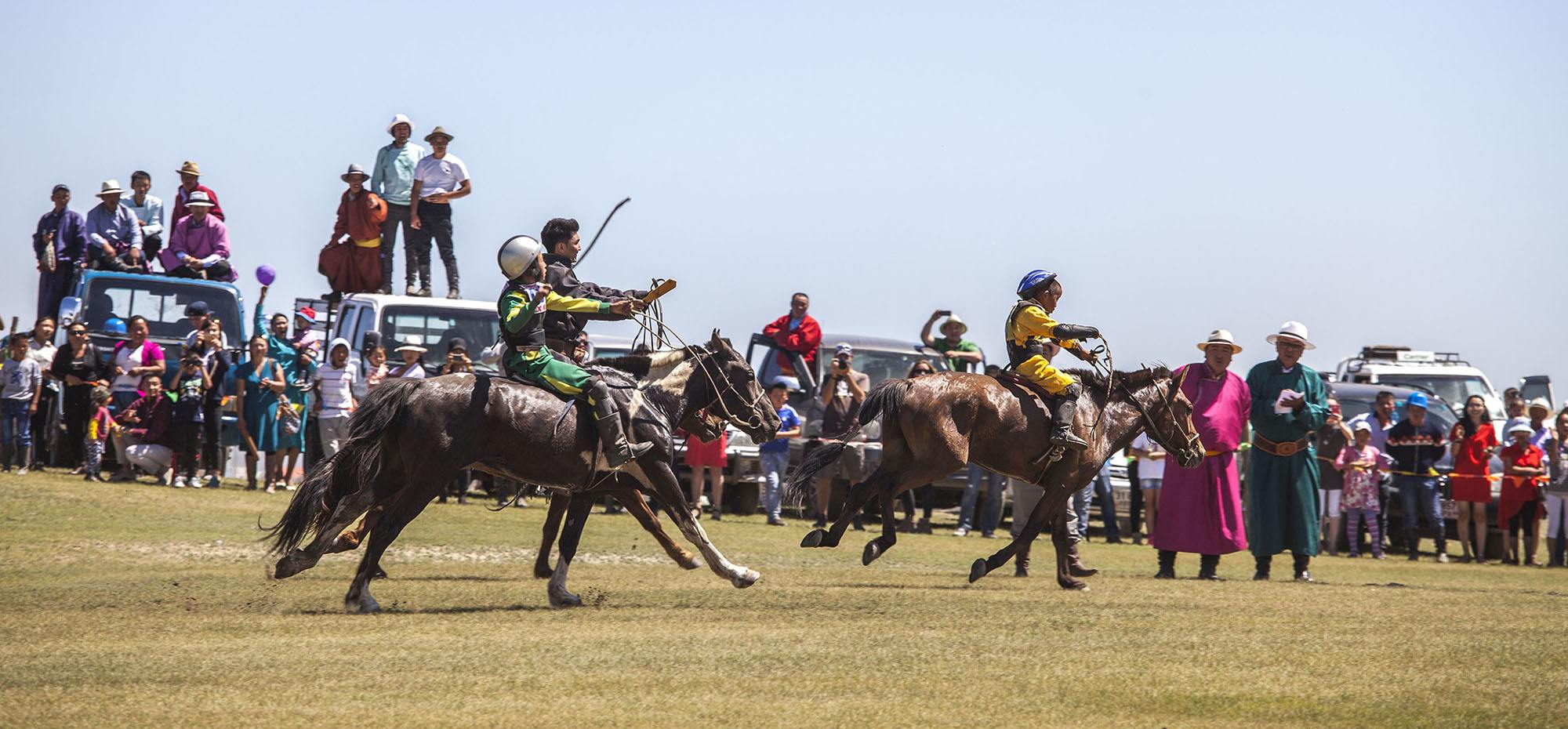
The excitement that swept through the crowd was electric, feet and legs pacing rhythmically to the thud on verdant ground, vibrations radiating from the pounding hooves racing to the finish line.
Naadam Archery
Less a game of endurance and more of precision, archery is the third of the three traditionally official sports played at Naadam. Now gender inclusive, it sees adult players compete for the titles of ‘national marksman’ and ‘national markswoman’. Equipped with four arrows, teams of 10 attempt to hit as many surs as possible. The objects need to be hit 33 times, for teams to advance in the competition.
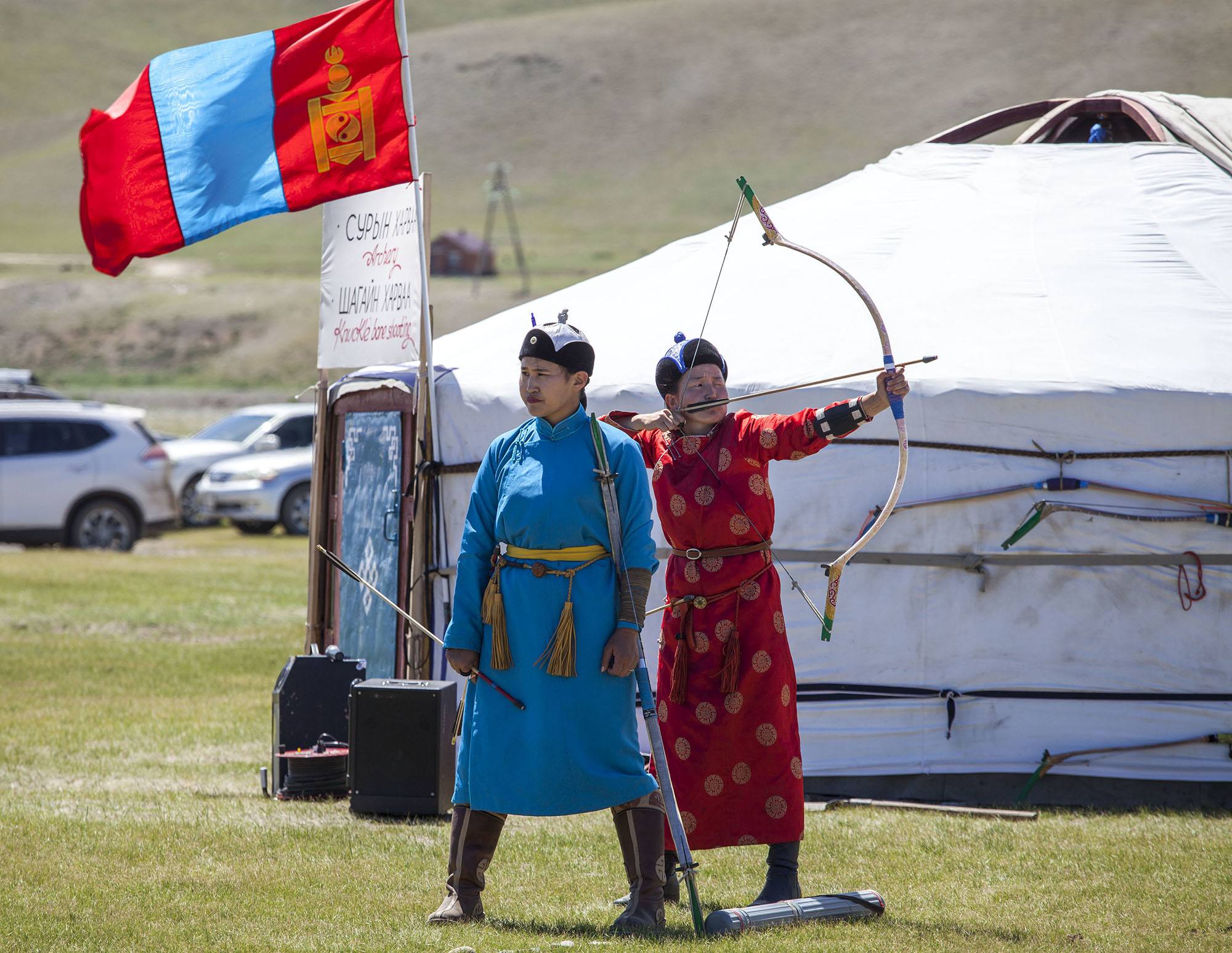
Not as engaging as horse racing and wrestling, I spent five minutes at the field, following which my limited sports curiosity had been satiated. The scintillating deel, for me, was the most interesting feature of the archery.
Naadam Shagai
Inaugurated as a Naadam sport in the 90s, ankle bone flicking was the final activity I saw on the annual day of festivity. Sitting approximately five metres away, players took turns flicking a soum at the target, a pile of neatly stacked sheep ankle bones. The judges sat idly, one restocking the pile each time it tumbled, both awaiting the next flick in their direction. There are multiple variations and rules to boot, so ask a local sitting nearby to explain.
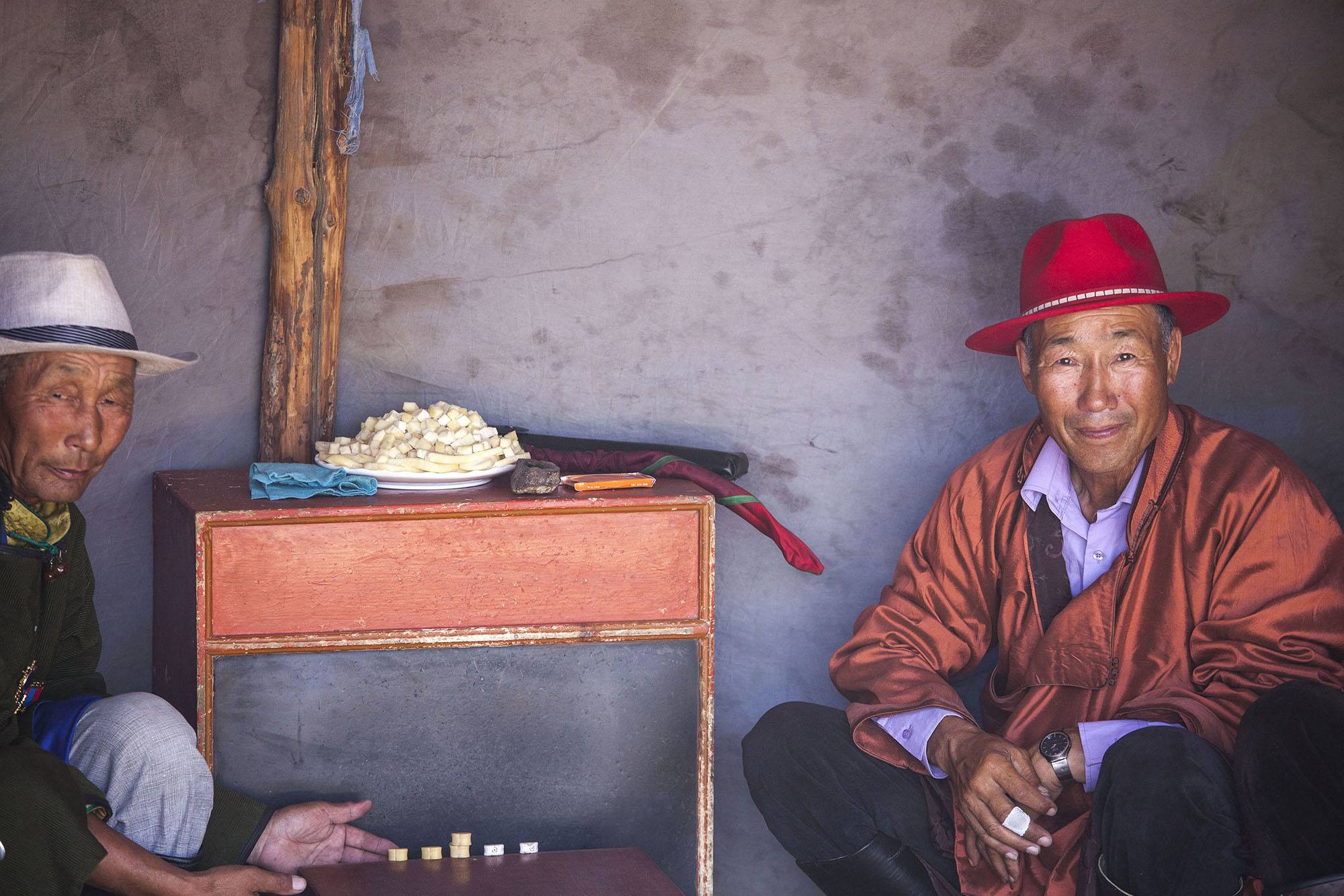
Closing Ceremony
Towards the end, the last few wrestlers fight for the title of Arslan while the top three horses are presented with medals and the victorious male and female archer throned appropriately.
Following this and the eventual ‘crowning’ of the winning wrestler, there’s a closing ceremony in which a ceremonial procession goes to Chinggis Square in central Ulaanbaatar followed by a fireworks display. Of course, it’s done differently in each soum.
Traveller Tips for Experiencing Naadam
Albeit only for a day, my time spent at Naadam was by far one of the most rewarding travel experiences I’ve had to date. It was an authentic taste of nomadic life on accessible display, a slice of Mongolia for voyeuristic eyes and those wanting to engage more closely with tradition and culture.
In order to enjoy a similar experience, here are a few things I’d advise you to consider:
- Watch Naadam at a soum (a regional capital). It’s more authentic than attending it at the stadium in Ulaanbaatar, there’s little drama and the opportunity to get up close and personal with each activity is real – there are few prohibitions.
- It can get very hot during this season throughout the country. Ensure you come bearing a hat, sunglasses, sun lotion and plenty of water.
- In Ulaanbaatar, the horse racing takes place at a different location to the other sports. You’ll need to take a taxi from the stadium to Hui Doolon Khutag. However, in regional Naadam celebrations, the horse racing (at least the finish line) is generally within walking distance of the other spectator sports.
- If you’re not a fan of Mongolian cuisine, then ensure you take plenty of supermarket snacks to last the day. Food stalls abound (even at regional Naadam celebrations), yet options are generally limited to khuurshuur, a deep-fried meat pastry and airag, fermented mare’s milk.
- Photographers should take a decent telephoto lens (for those with DSLR cameras) or a digital automatic with a decent zoom. The close-up pictures I captured of the wrestlers turned out to be my favourites.
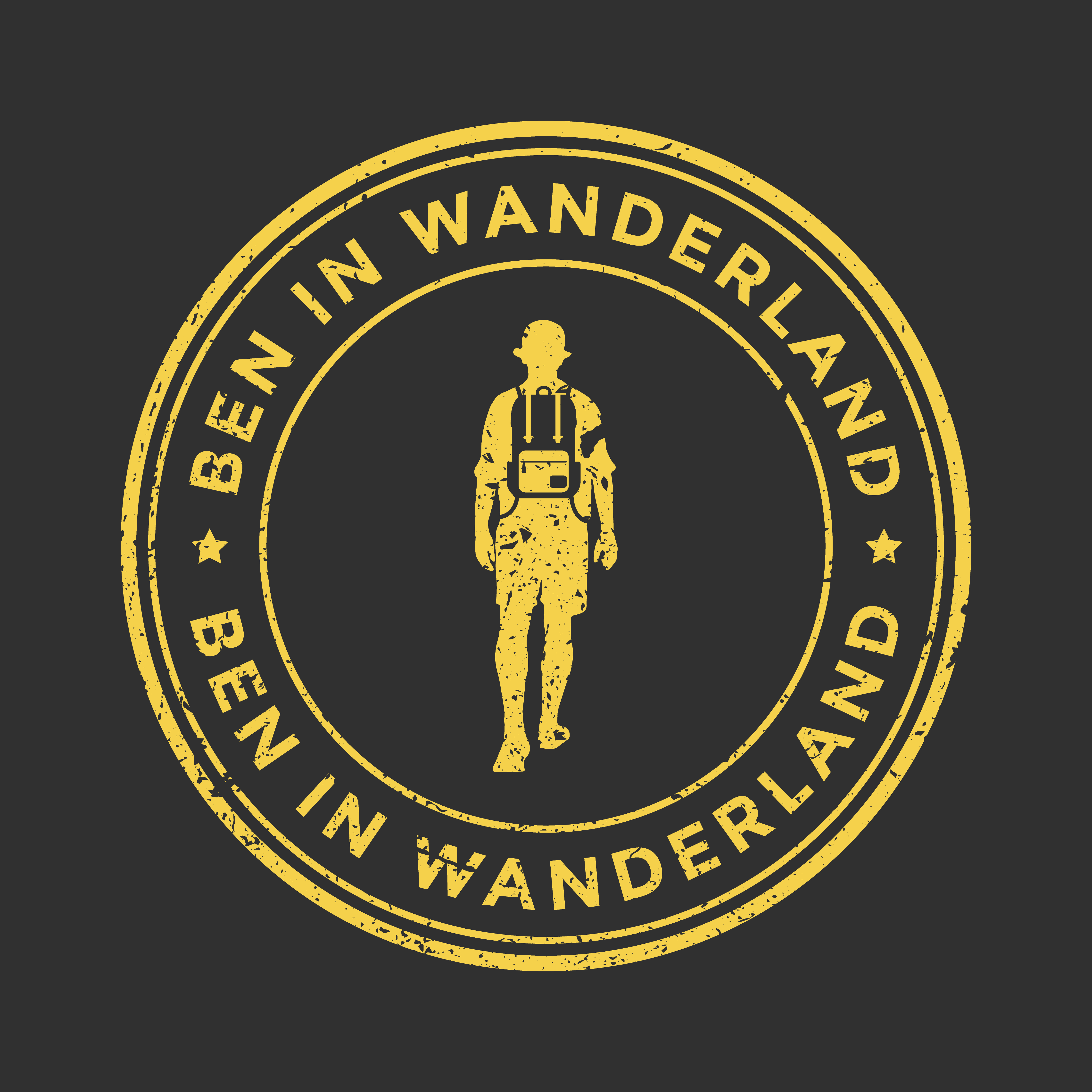
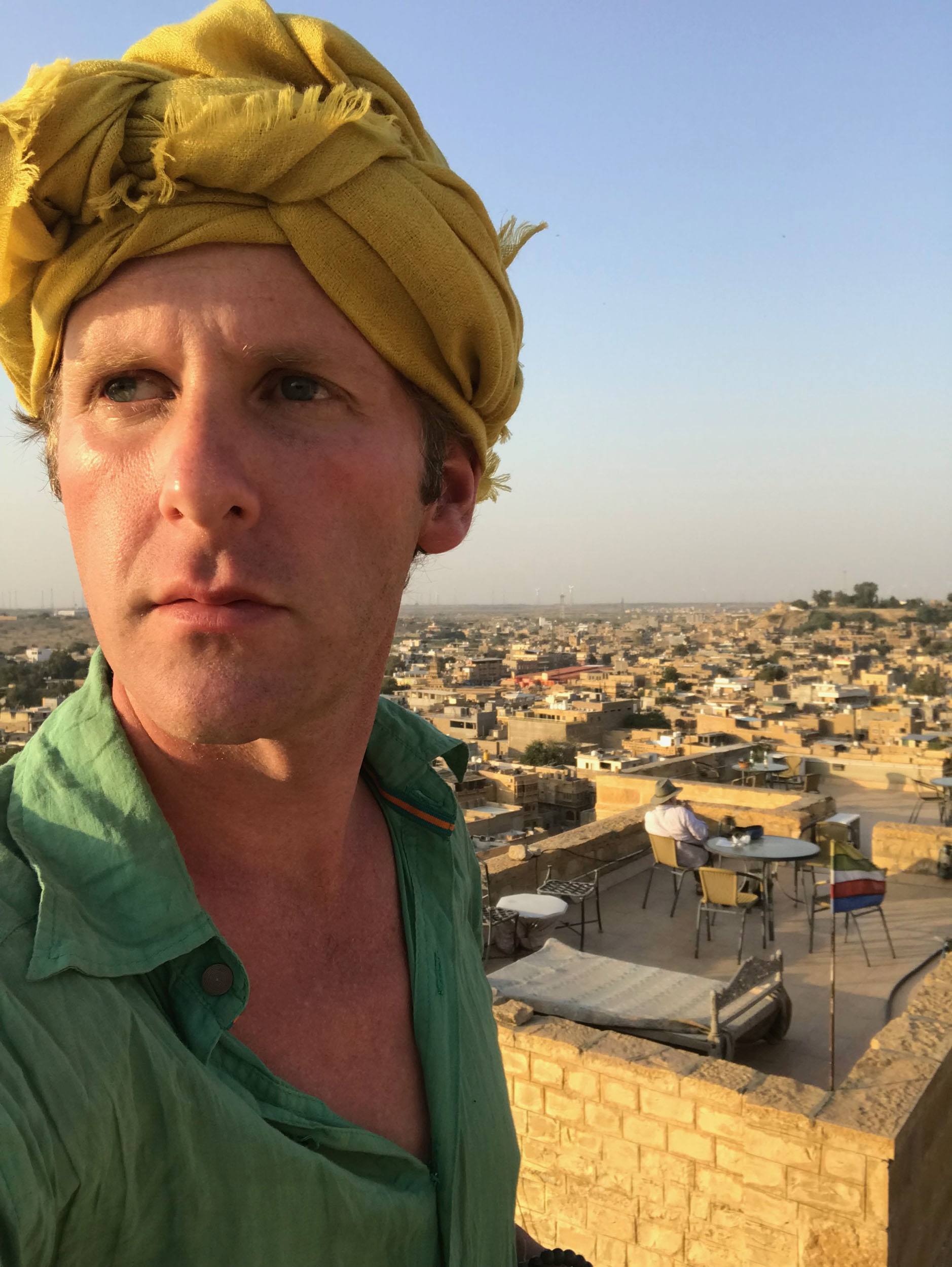



















So interesting and informative! Love the photos 💕
Hi Mandi (aka mum),
Thanks for providing lovely feedback. I always value your opinion.
Ben